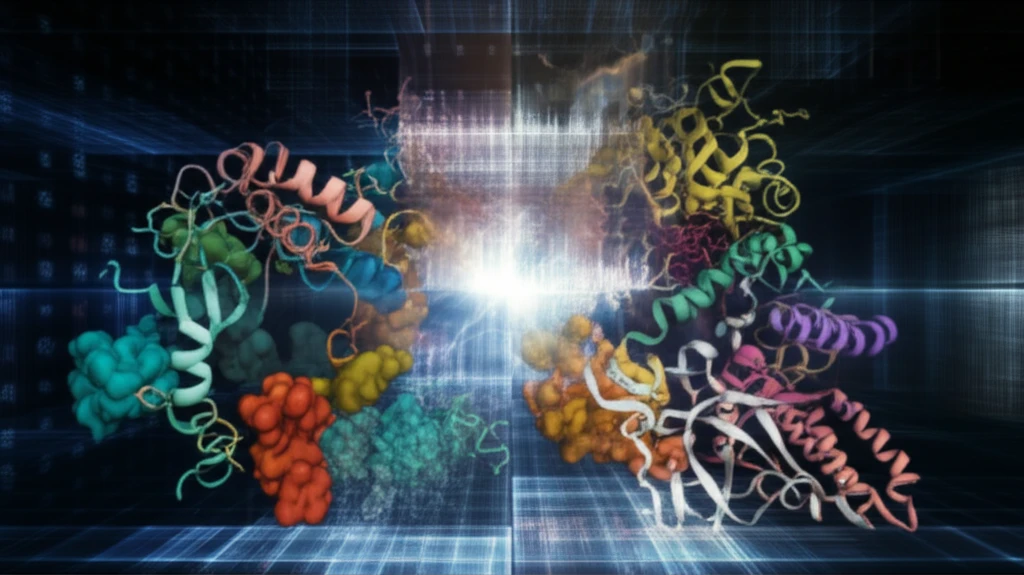
Unlock Deeper Insights: How SWATH Mass Spectrometry is Revolutionizing Protein Detection
"Discover how advanced spectral libraries and refined workflows are boosting confidence in protein analysis, driving breakthroughs in proteomics and personalized medicine."
In the ever-evolving field of proteomics, the ability to accurately identify and quantify proteins is paramount. These molecular workhorses dictate everything from cellular function to disease pathology, making their precise measurement essential for both fundamental research and clinical applications. One powerful technique that has emerged as a frontrunner in this arena is SWATH (Sequential Window Acquisition of All THeoretical fragment ions) mass spectrometry.
SWATH-MS, known for its data-independent acquisition strategy, offers a comprehensive approach to protein analysis. Unlike traditional methods that rely on pre-selection of target ions, SWATH-MS captures data from virtually all detectable ions in a sample. This unbiased approach results in a rich dataset that can be mined and re-mined for years to come, leading to new discoveries and a deeper understanding of the proteome.
However, the power of SWATH-MS is intricately linked to the quality and comprehensiveness of its spectral reference libraries. These libraries serve as the foundation for protein identification and quantification, and their expansion is critical for unlocking the full potential of the technique. This article explores how advanced spectral libraries, coupled with refined workflows, are significantly enhancing protein detection confidence in SWATH-MS, driving breakthroughs in proteomics and personalized medicine.
Boosting Protein Confidence: The Role of Large Peptide Reference Libraries

At its core, SWATH-MS relies on spectral matching: comparing the acquired data against a reference MS/MS assay library. The more comprehensive and accurate this library, the greater the likelihood of correctly identifying and quantifying proteins within a complex sample. The challenge, however, lies in the creation and maintenance of these libraries.
- Increased Coverage: Larger libraries inherently cover a broader range of proteins and peptides, increasing the chances of identifying more components in a sample.
- Improved Accuracy: Well-curated libraries provide high-quality reference spectra, leading to more accurate protein identification and quantification.
- Enhanced Efficiency: Using existing libraries reduces the need for extensive in-house library generation, freeing up resources for other aspects of the research.
Strategies for Enhancing Confidence and Reliability
Several strategies can be employed to enhance the confidence and reliability of protein identifications when using large spectral libraries. These include: Rigorous data filtering: Implementing stringent quality control measures to remove low-confidence matches, Statistical validation: Employing statistical methods to assess the significance of protein identifications, orthogonal validation: Confirming protein identifications using orthogonal techniques, such as Western blotting, Careful optimization of SWATH-MS parameters can significantly improve the quality of the data and the accuracy of protein identifications.
